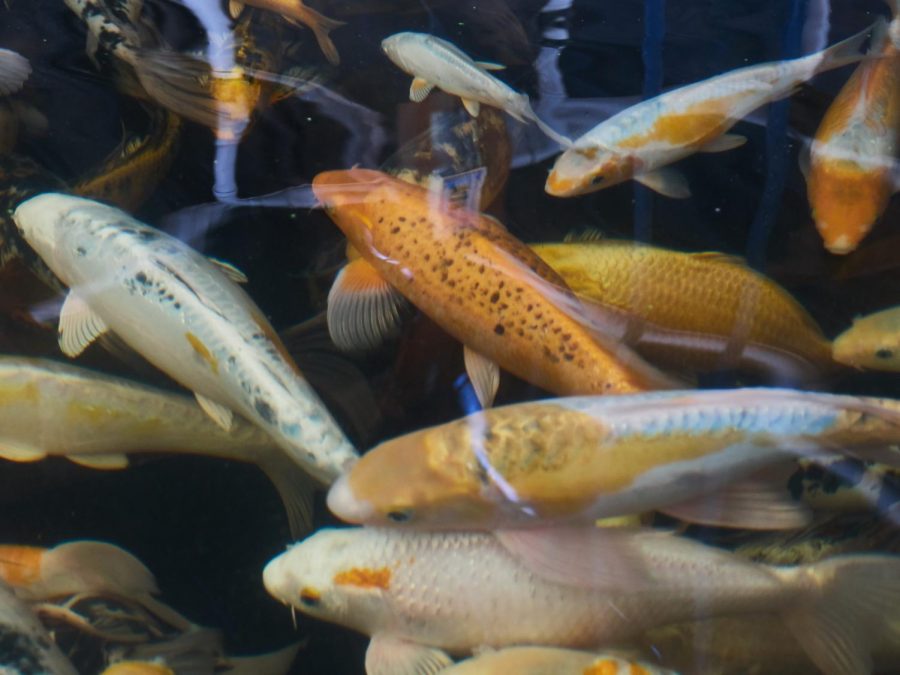Koi, which are used on Ouroboros Farms, are sought out for their durability, as they can withstand year-round temperatures and are highly resistant to common parasites.
Go fish
The main difference between hydroponics and aquaponics is the use of fish. Since fish are the ones feeding the plants in aquaponic culture, it is important to assess which breeds tolerate the water conditions. The fish need to be able to thrive in crowded conditions, be resistant to fluctuating dissolved oxygen levels, diseases, and parasites, use nutrients efficiently, and be edible or ornamental.
Aquaculture uses freshwater fish, the most popular being Tilapia and Barramundi, because they can withstand diverse water conditions better, and they grow increasingly faster.
Tilapia is the most widely kept aquaponic fish and is now a synonym for aquaponic culture. Its medium size, hardiness, tolerance to temperature and water conditions, easy spawning, and neutral meat makes it well-suited for an aquaponic system.
Trout and Koi, like those at Ouroboros Farms, are used especially for lower water temperatures. Trout prefer optimum temperatures of 15°C and require a high-protein diet and clean water. They are ideal in cold or temperate climates.
Channel catfish and African catfish are extremely tolerant of fluctuating oxygen, nitrite, and pH levels. Catfish can also be a great addition to an aquaponic system because they are tolerant of parasites and disease.
Common carp, silver carp, and grass carp can be grown together because they cover all food niches, providing better use of food resources and less poorly-dissolvable waste.
Largemouth bass have a high tolerance for fluctuating dissolved oxygen levels and high nitrate levels. Although it is more sensitive than Tilapia, it thrives within different temperature ranges, which makes it an ideal year-round fish.
Exclusive invertebrate farming is rare in aquaculture, but aquatic invertebrates are a great addition to a fish tank. Prawns, for example, consume uneaten fish food, fish waste, and other organic material in tanks, helping to support the system and increasing the rate of water decomposition.

